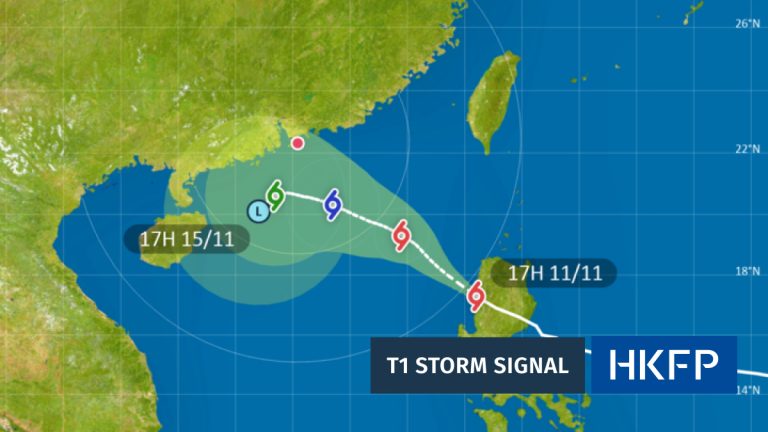Hong Kong is set to implement significant road safety regulations for taxi drivers and school buses, marking a pivotal moment in transportation technology management. Starting January 25, 2026, taxi drivers will face new restrictions on dashboard-mounted mobile devices, reflecting the city’s commitment to balancing technological convenience with driver and passenger safety.
The Transport and Logistics Bureau has carefully crafted regulations that acknowledge the critical role technology plays in modern transportation while mitigating potential risks. Under the new rules, taxi drivers will be permitted to use only two mobile devices on their dashboards, with each device limited to a screen size of 19 centimeters diagonally. This slight adjustment from an initial 18-centimeter proposal demonstrates the bureau’s responsiveness to technological evolution and practical driver needs.
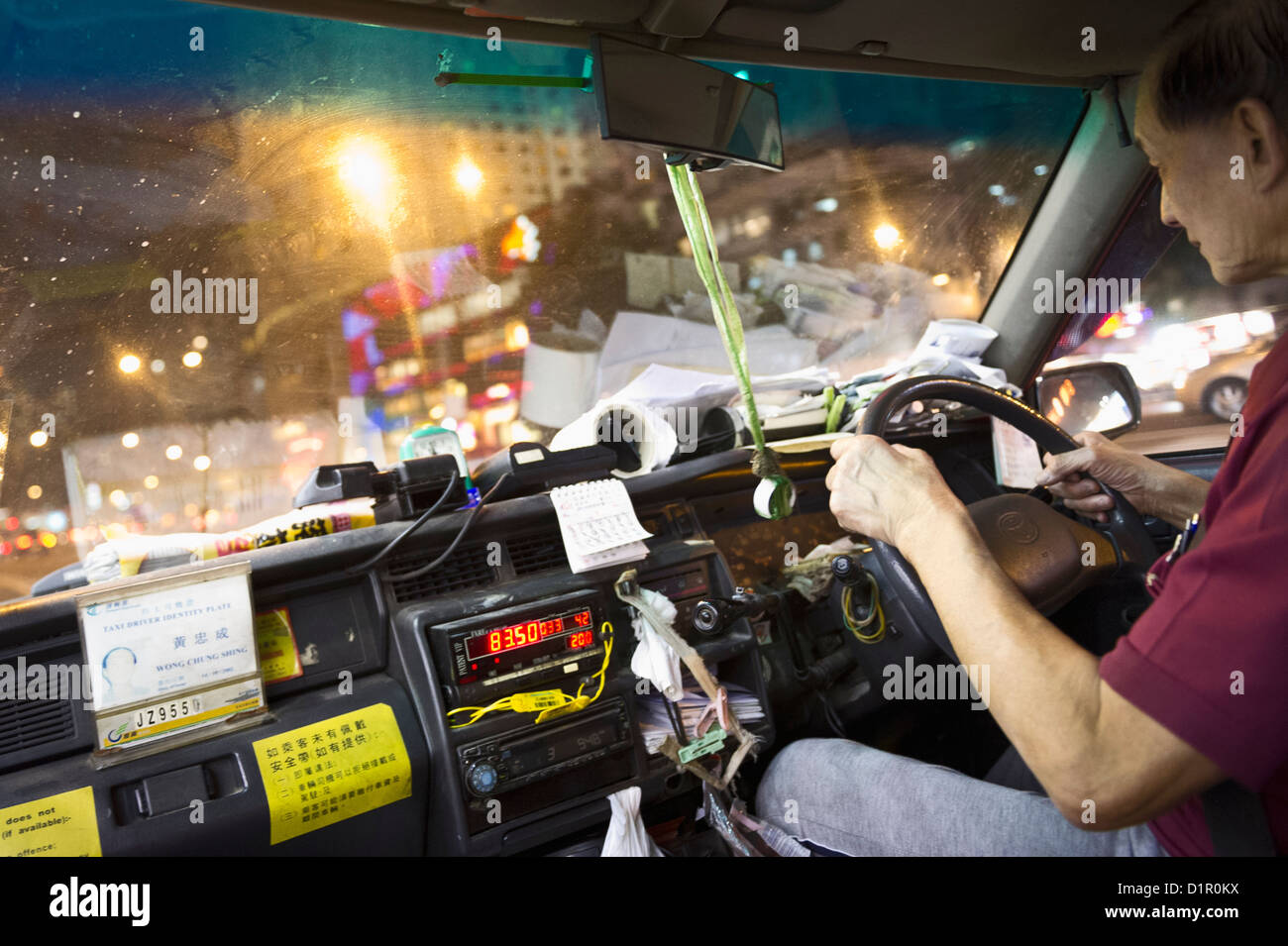
A 2024 Transport Department survey revealed that most taxi drivers already use fewer than two devices, suggesting the new regulation aligns closely with current practices. However, the rule addresses growing concerns about driver distraction and potential safety hazards caused by multiple screens competing for attention.
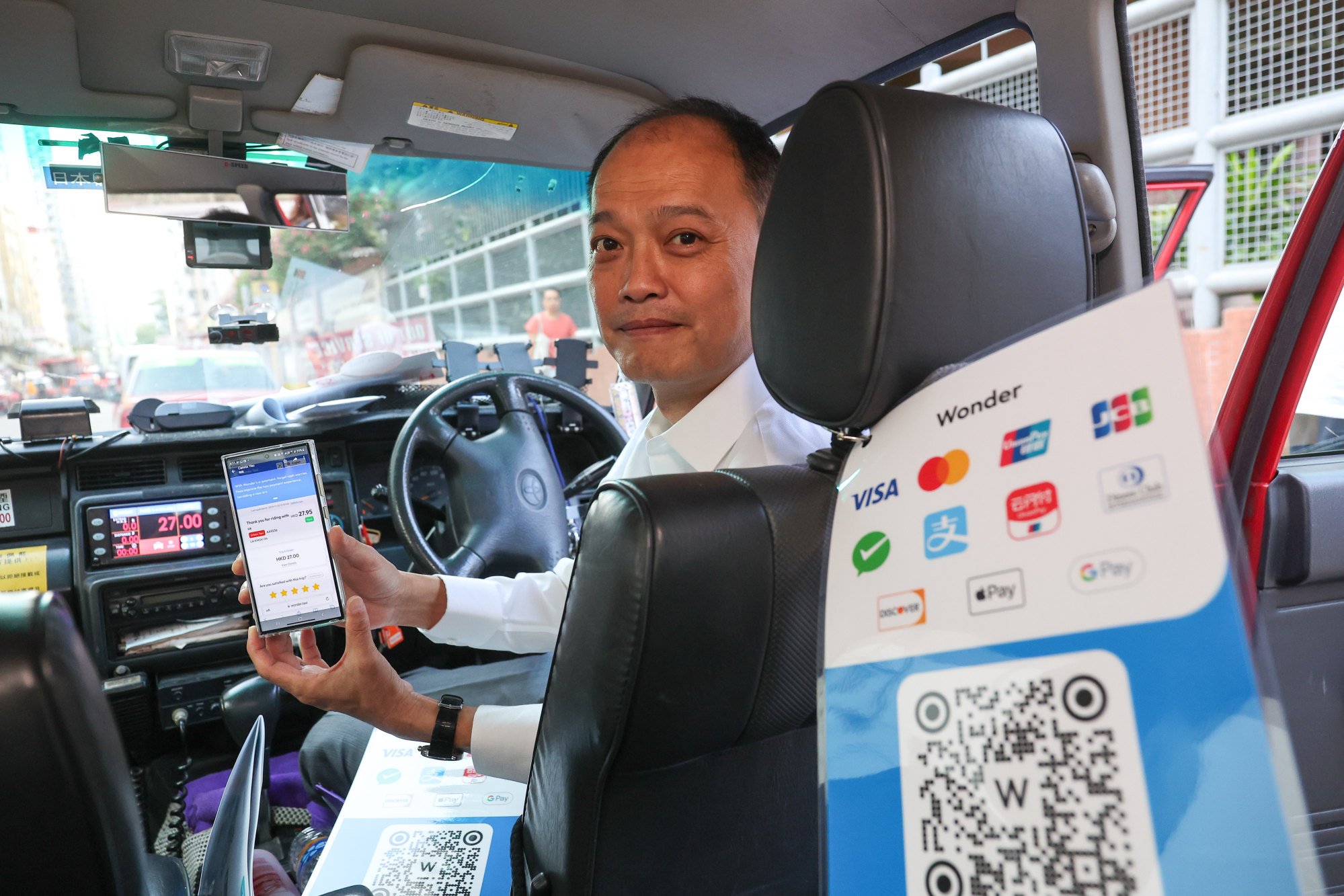
The current legal framework already prohibits drivers from holding mobile phones or using hands-free devices positioned between their head and shoulder while driving. The new dashboard device regulations build upon these existing protections, recognizing that taxi drivers rely on technology for essential functions like ride-hailing, navigation, and passenger communication.

By setting a specific screen size limit of 19 centimeters, the bureau ensures compatibility with modern device models while maintaining a clear focus on minimizing visual obstruction and distraction. This nuanced approach demonstrates a forward-thinking strategy that anticipates technological advancements and remains adaptable to future changes.
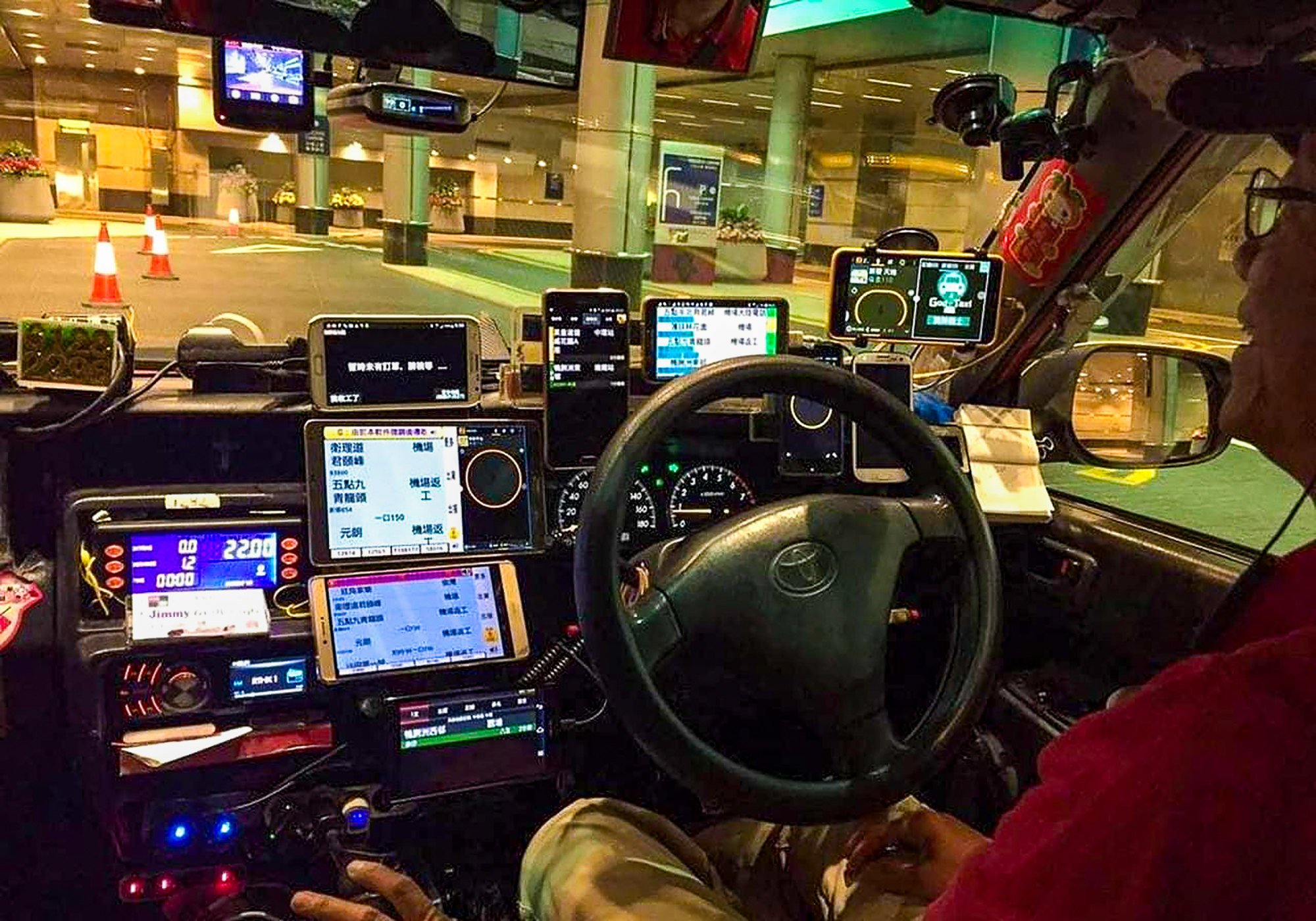
The regulatory process for these changes has been methodical and transparent. The bureau submitted its proposal to the Legislative Council on September 4, 2024, with plans to gazette the amendment on September 5 and pursue a fast-tracked review on September 10. This timeline provides ample opportunity for stakeholder input and careful consideration.
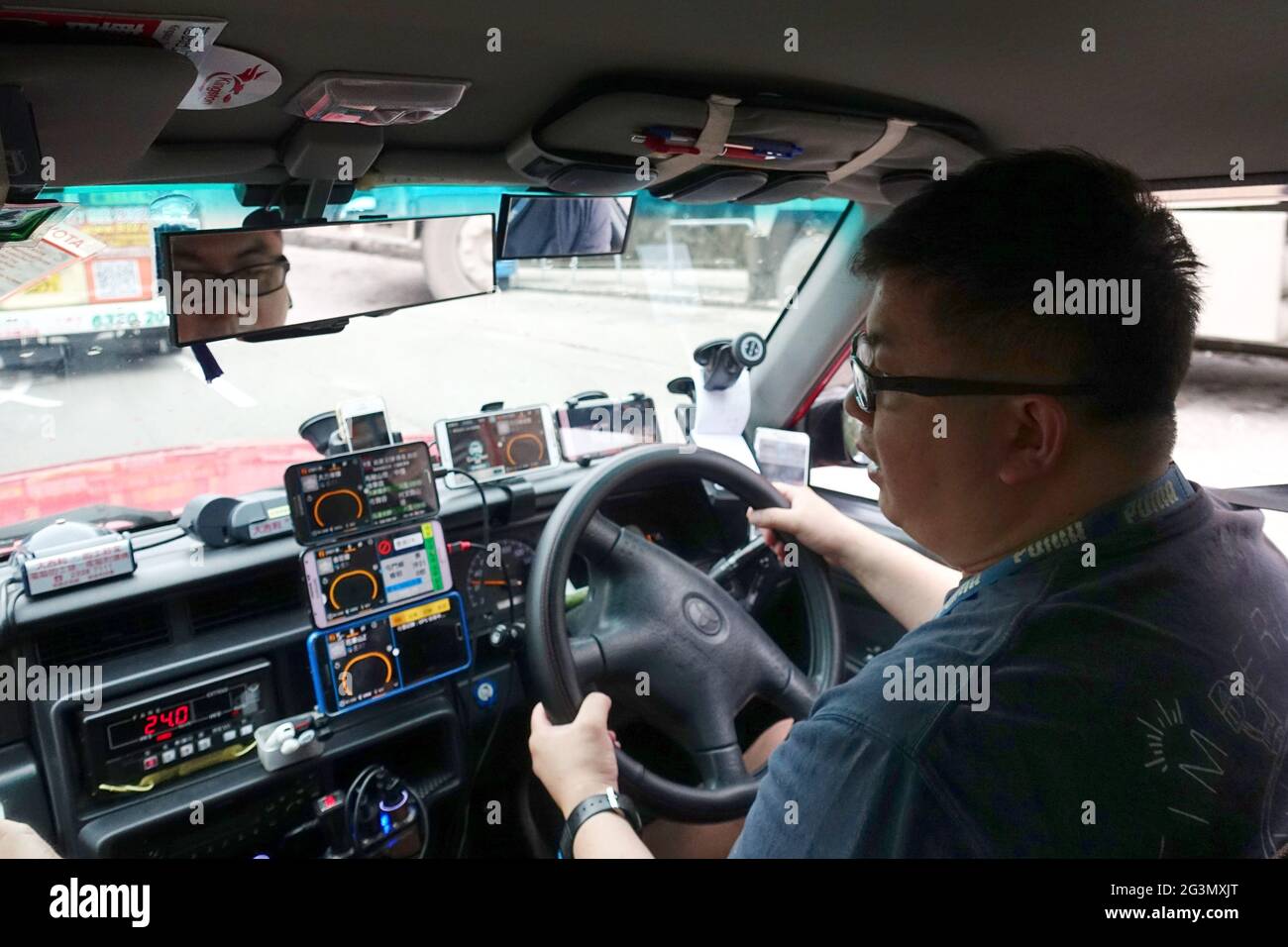
Complementing the taxi device regulations, the Transport and Logistics Bureau has also introduced new safety requirements for school buses. Starting January 25, 2026, newly registered school buses must be equipped with seat belts. Existing school buses will have until December 31, 2028, to comply with this important safety enhancement.
These comprehensive regulations reflect Hong Kong’s proactive approach to road safety. By addressing potential distractions and improving passenger protection, the city demonstrates a commitment to adapting transportation guidelines to modern technological realities.
The implementation timeline allows taxi drivers and school bus operators sufficient preparation, ensuring a smooth transition. The regulations strike a delicate balance between embracing technological tools and maintaining strict safety standards.
As technology continues to evolve, the Transport and Logistics Bureau has signaled its intention to monitor developments and remain flexible. This approach suggests that future adjustments to these regulations may occur as new technologies emerge and safety considerations develop.
For taxi drivers, ride-hailing companies, and transportation professionals, these changes represent a significant shift in how mobile technology is integrated into professional driving environments. The regulations serve as a model for other cities seeking to manage the intersection of technology, convenience, and safety in urban transportation.

